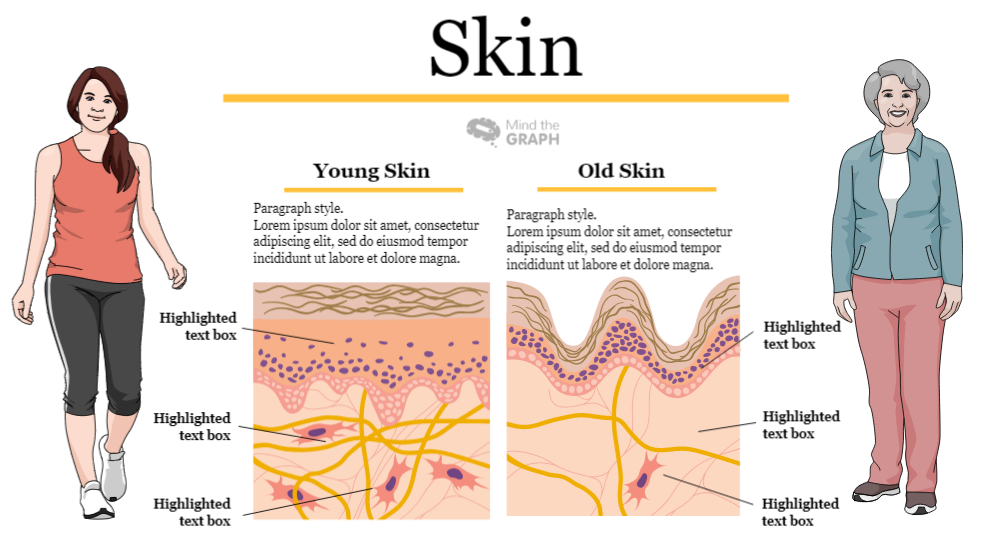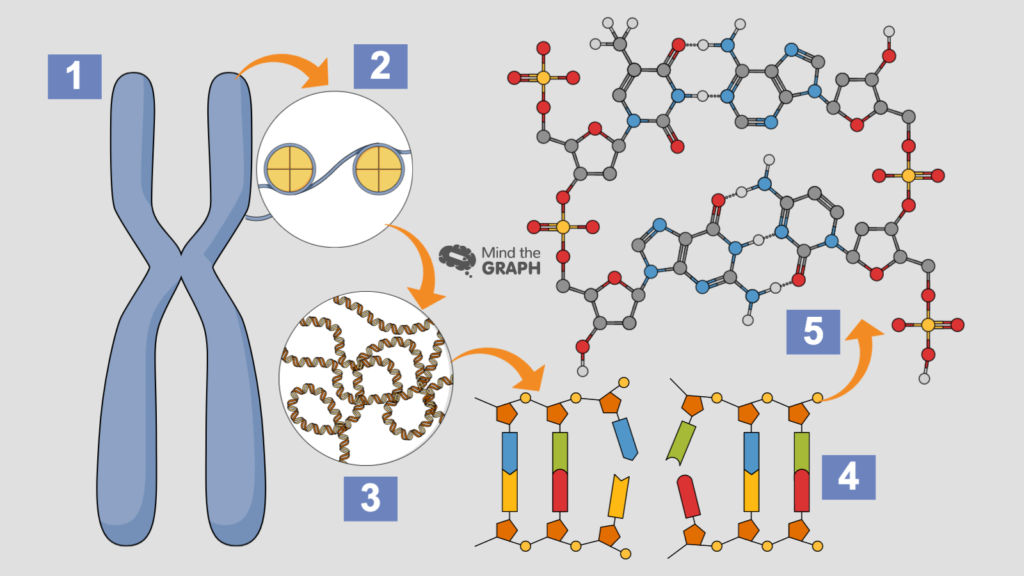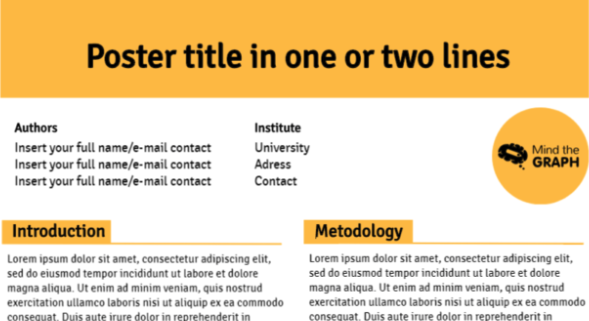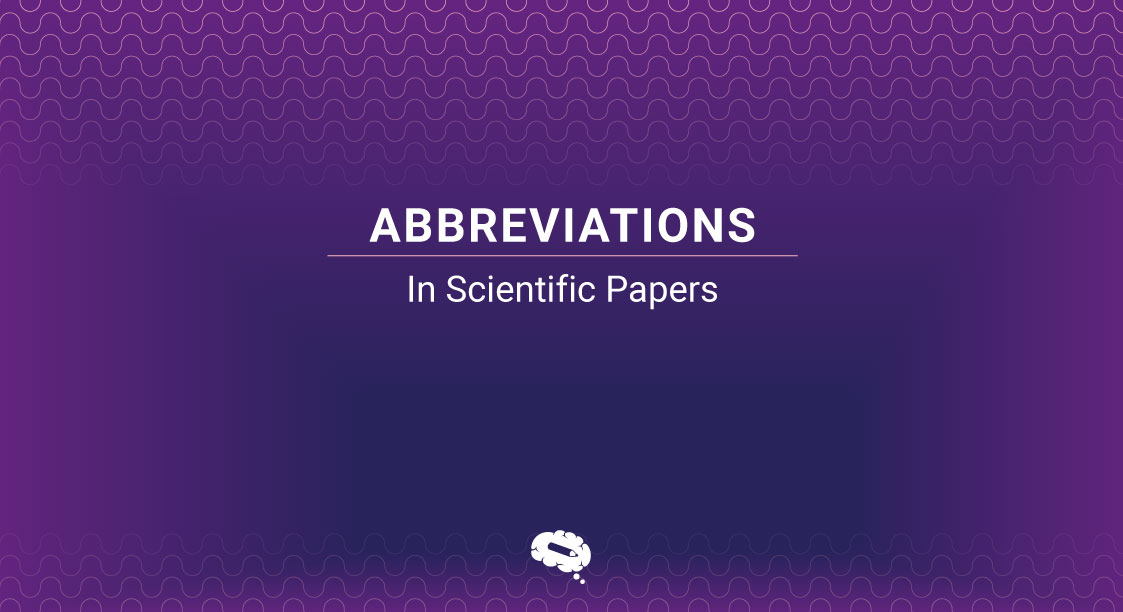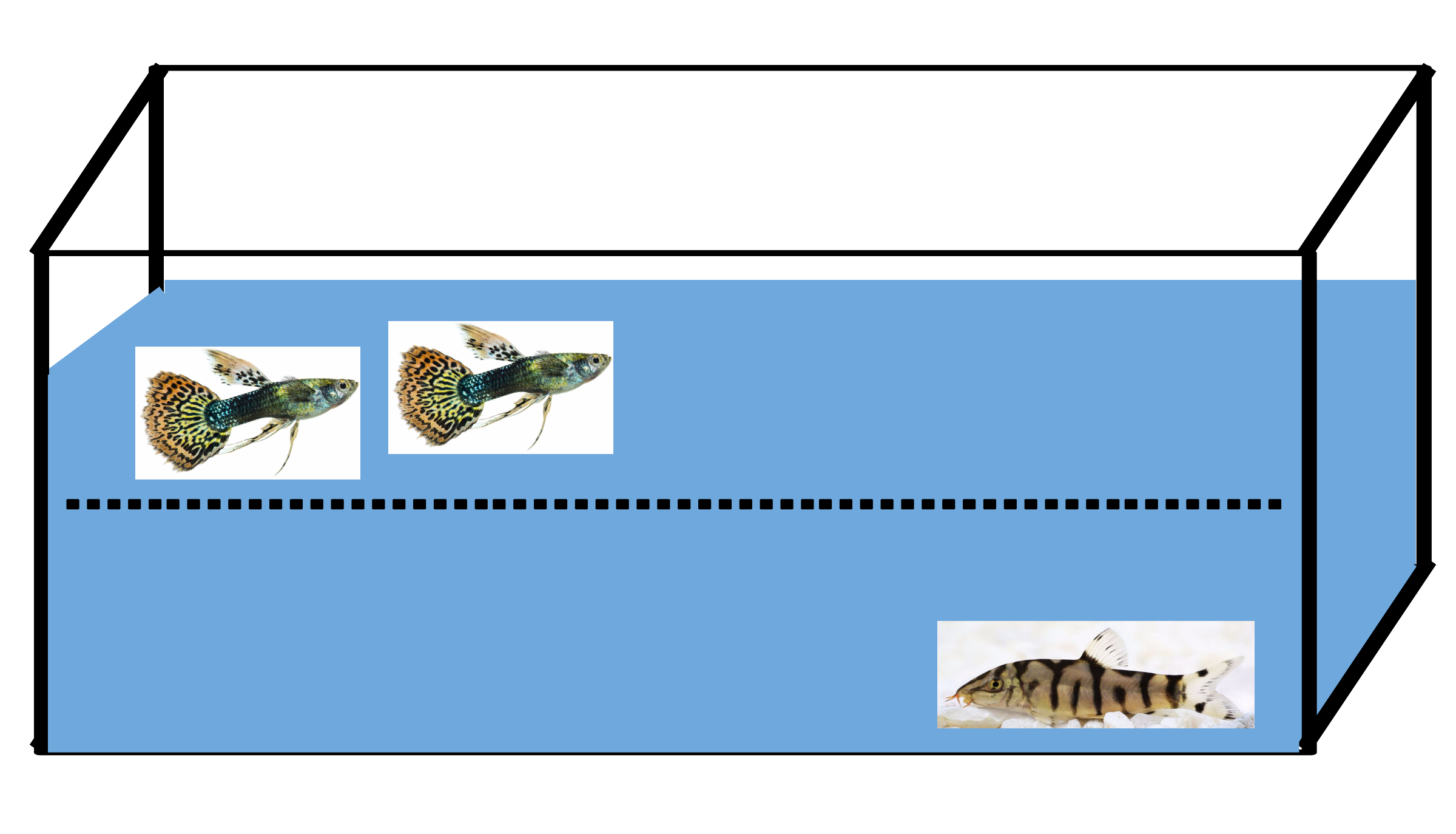Are you explaining science and complex scientific topics in an understandable way? It isn’t an easy task. If you want that your audience understand the main concept and get curious to learn more, you need to work on your communication skills. As a scientists we can be easily add a lot of scientific jargons and complex words to our presentations. However, the wrong language can create a gap between you and your audience.
So, to help you in this process, I will share with you 2 tips to help you in the process of explaining science and complex topics
01. Know your audience
It seems obvious, but sometimes we forget how to talk with other people besides scientists. So the general audience may think that science it is too hard to understand and only very smart people can do it. But we know that this isn’t true. We just need to communicate better. Each audience requires a different language. Don’t forget that obvious thing for you can be a new information to other person. So, mostly if you are talking with a not-scientist person, don’t forget of explain the basic and avoid jargon.
Example: DNA replicates itself prior to entering mitosis.
01. DNA is the code of life
02. “to replicate” means to make a copy
03. “prior to” means before
04. mitosis is when cells divide
The same way that biology has different size scales, the information and content also have levels. Break the content and them go deeper only if it is possible.
02. Know your key concepts and highlight them
When we are talking about an exciting subject, as science, we can think that all details are very important. And if it is about our data, our work, we can become even more excited about it. But we need to be able to summarize and identify the main information of our work. What your audience needs to keep in mind? People can’t absorve all information so, if you highlight everything, nothing will be highlighted.
Choose the main information, highlight it and use a few steps and key concepts to explain it to your audience. If your talk or class possibilite that you use visual resources as slides or graphical abstracts, you can use images or charts to highlight the information. One way to do that is to broke down the visual into (1) the research question, (2) the experimental design, and (3) the expected results. Use colors, charts and illustrations to help solidify the concept.
Sometimes, as experts in our fields, we forget how difficult it was to understand some concepts when we were just starting out. Get fresh eyes on your presentation, someone who is closer to your audience, and see what insights they can give you.
We have a lot of tutorials to help you communicate better in science. And if you feel ready to start, enjoy mind the graph for free:

Subscribe to our newsletter
Exclusive high quality content about effective visual
communication in science.

